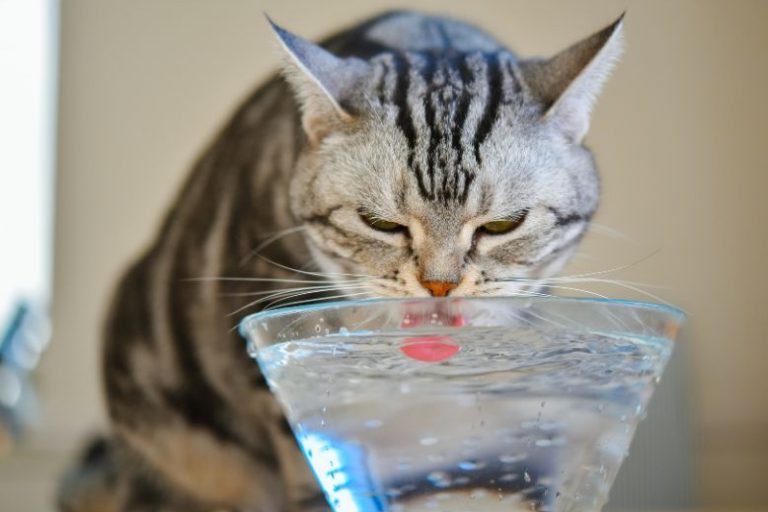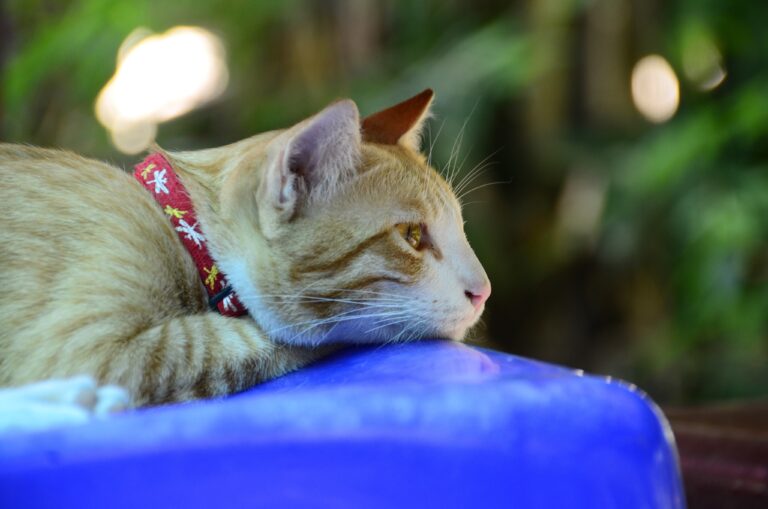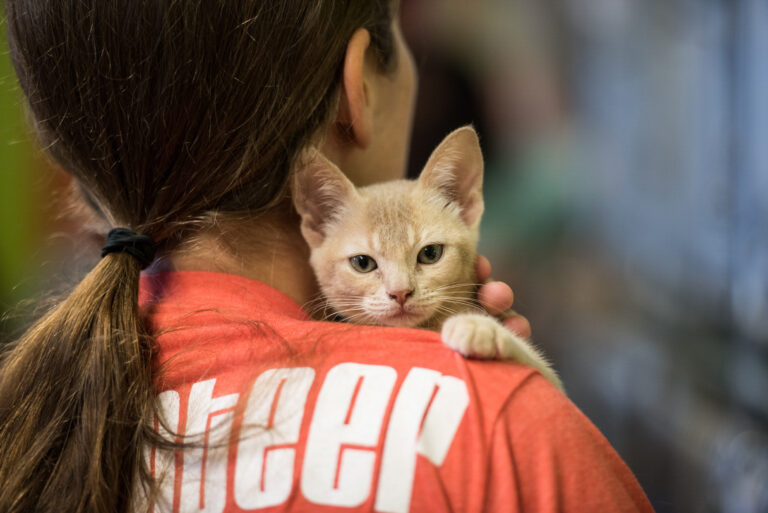Proper hydration is essential for a cat’s overall health, but during the winter months, many cats tend to drink less water. Cold weather, indoor heating, and reduced activity levels can contribute to dehydration, which may lead to health issues such as urinary tract infections and kidney disease. Ensuring that your cat stays hydrated in winter requires a few adjustments to their routine. In this article, we’ll explore why hydration is crucial for cats in winter and share practical hacks to encourage them to drink more water.
Table of Contents
Why Hydration Is Important for Cats in Winter
Water plays a vital role in maintaining a cat’s organ function, digestion, and circulation. Proper hydration helps prevent:
- Urinary tract infections (UTIs) – Insufficient water intake can lead to concentrated urine, increasing the risk of infections.
- Kidney disease – Chronic dehydration puts extra strain on the kidneys, a common issue in older cats.
- Constipation – A lack of moisture in the diet can lead to hard, dry stools and digestive discomfort.
- Dry skin and coat issues – Indoor heating can reduce humidity levels, making a cat’s skin dry and flaky.
Since cats have a low thirst drive and get much of their hydration from their diet, it’s important to find creative ways to increase their water intake, especially in winter.
Signs Your Cat Might Be Dehydrated
Watch for these signs of dehydration:
- Lethargy or reduced energy levels
- Dry or sticky gums
- Loss of skin elasticity (gently pinch the skin on your cat’s back—if it doesn’t quickly snap back, they may be dehydrated)
- Infrequent urination or dark-colored urine
- Loss of appetite
If you suspect dehydration, encourage your cat to drink more and consult your veterinarian if symptoms persist.
Cat Hydration Hacks for Winter
1. Switch to Wet Food or Add Water to Dry Food
One of the easiest ways to increase your cat’s water intake is through their diet. Wet food contains around 70-80% water, making it a great hydration source. If your cat primarily eats dry food, try mixing in wet food or adding a bit of warm water or broth to their kibble.
2. Offer Fresh, Clean Water Daily
Cats are sensitive to taste and temperature, and they prefer fresh water. Change their water at least once a day and clean the bowl regularly to prevent bacteria buildup. During winter, indoor heating can cause water to evaporate quickly, so check their bowl frequently.
3. Use a Cat Water Fountain
Many cats prefer running water over still water, as it mimics a natural water source. A cat water fountain encourages drinking by keeping water fresh, moving, and oxygenated. If your cat tends to ignore their water bowl, a fountain might be the solution.
4. Try Different Water Bowl Materials
Some cats are particular about the type of bowl they drink from. Plastic bowls can retain odors, while stainless steel and ceramic bowls are easier to clean and don’t affect the taste of the water. Experiment with different materials to see what your cat prefers.
5. Place Multiple Water Bowls Around the House
Cats may not go out of their way to find their water bowl, especially in winter when they seek warm, cozy spots. Place several water bowls in different locations to make it easier for your cat to stay hydrated.
6. Add Flavor to Their Water
If your cat is reluctant to drink plain water, try adding a small amount of low-sodium chicken broth or tuna juice (without added salt) to make it more appealing. This can encourage them to drink more while still keeping them hydrated.
7. Keep Water at a Comfortable Temperature
Cold water may be unappealing to cats in winter. Try offering room-temperature or slightly warmed water to see if they prefer it. Avoid serving water that’s too hot, as it could burn their mouth.
8. Hydrating Treats
Offer water-rich treats such as small portions of cooked chicken, turkey, or fish mixed with broth. Freeze-dried treats can also be soaked in water before serving to add extra hydration.
9. Monitor Their Water Intake
Keep an eye on how much water your cat is drinking. If you notice a significant decrease, try different strategies to encourage them. Measuring their daily intake can help you detect any unusual changes in hydration.
10. Increase Humidity Indoors
Winter air tends to be dry due to indoor heating, which can affect a cat’s hydration levels. Using a humidifier in the home helps maintain proper humidity, benefiting both you and your cat by preventing dry skin and dehydration.
When to See a Vet
If your cat consistently refuses to drink water, shows signs of dehydration, or has sudden changes in urination patterns, consult your veterinarian. Excessive thirst or urination can also be symptoms of underlying conditions such as diabetes or kidney disease.
In Conclusion

Keeping your cat hydrated during winter is essential for their health and well-being. Since cats naturally drink less water, especially in colder months, small adjustments to their routine—such as incorporating wet food, using water fountains, and offering fresh water frequently—can make a big difference. By being proactive and encouraging hydration, you can help prevent common health issues and keep your cat comfortable all winter long.







